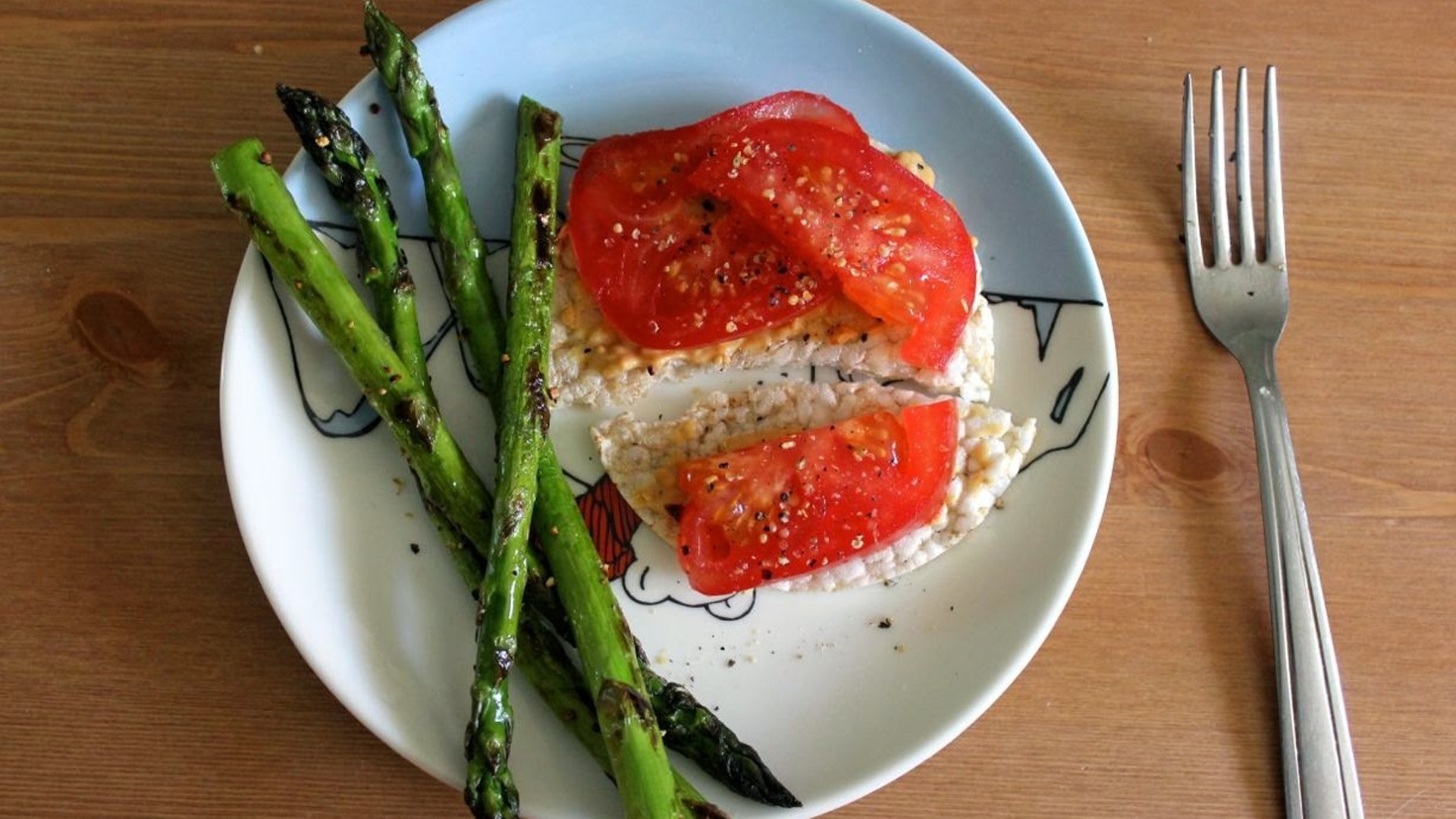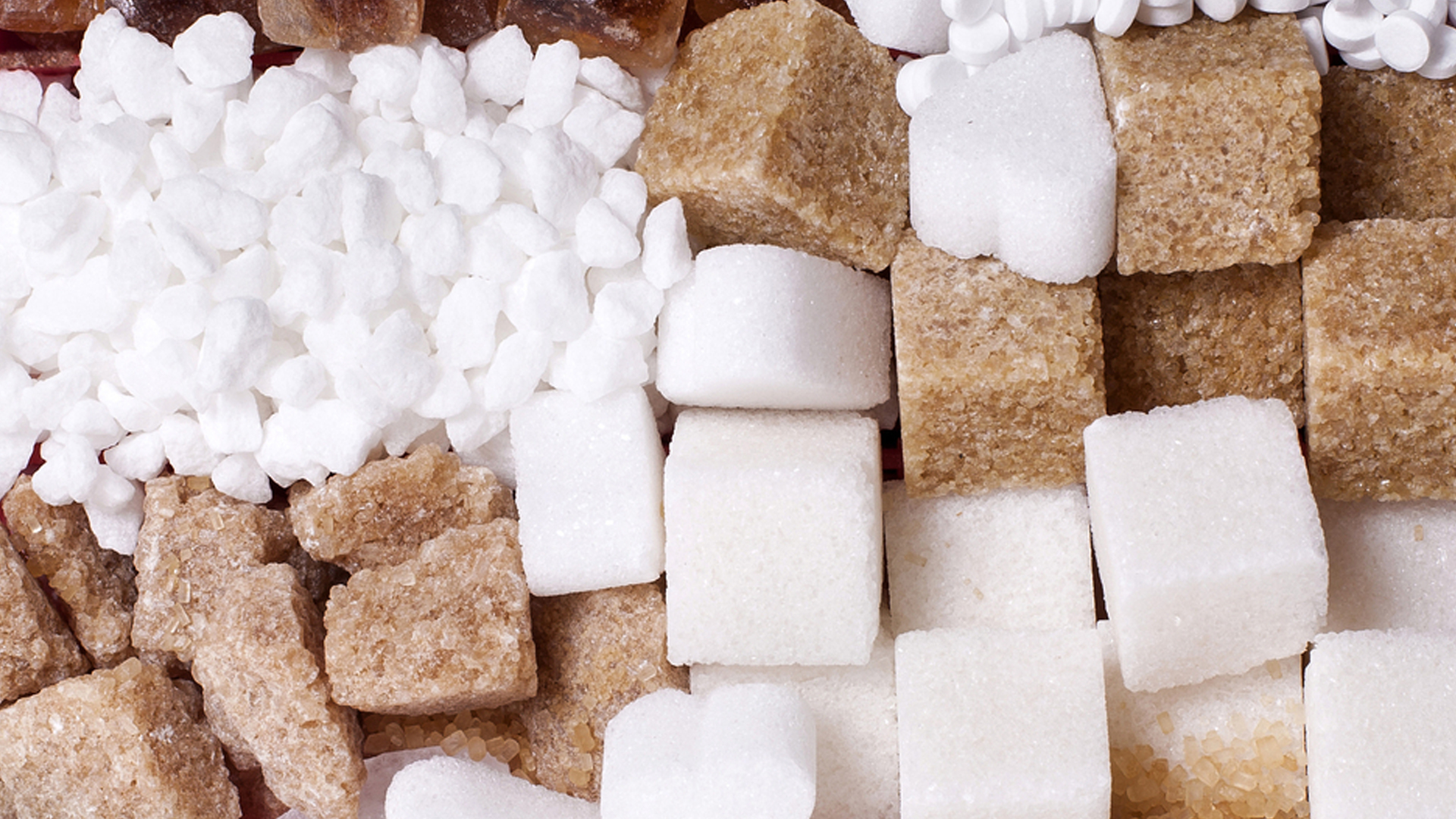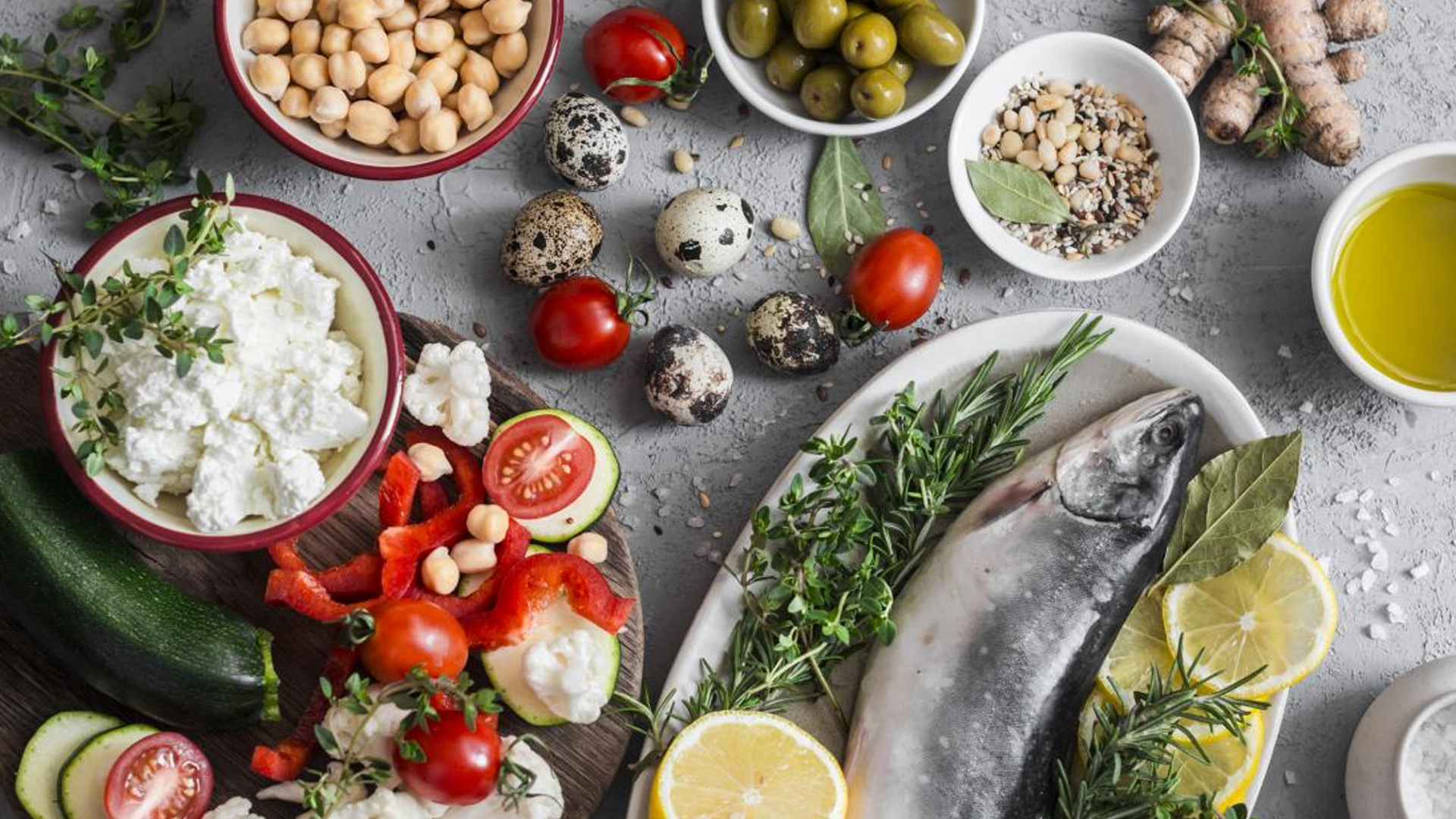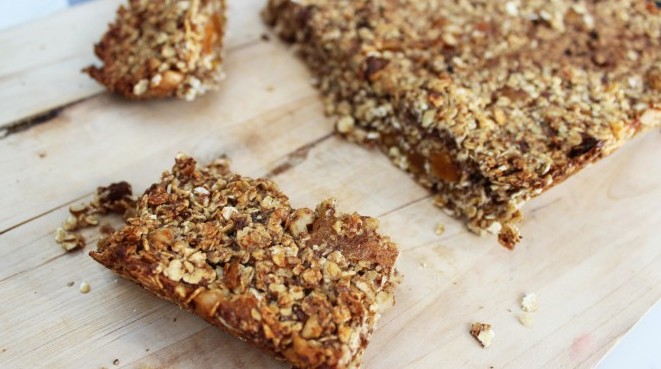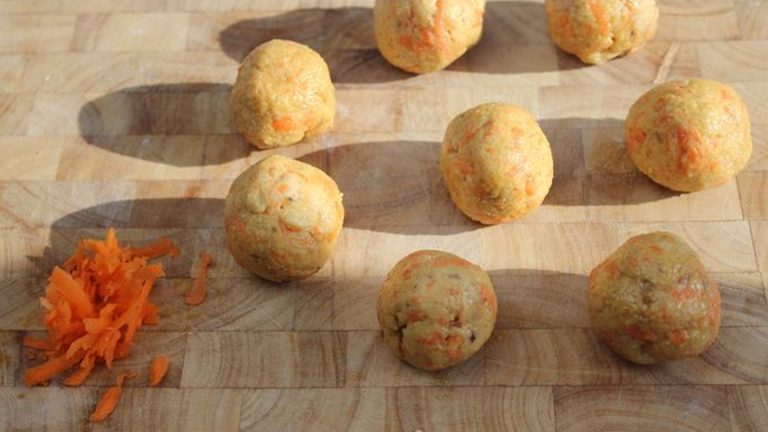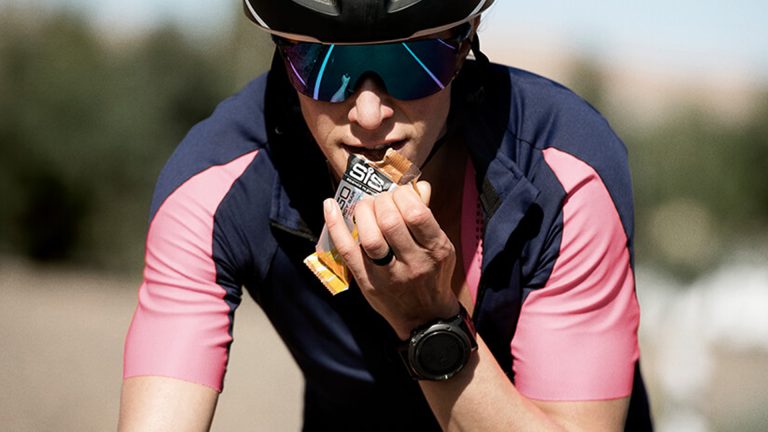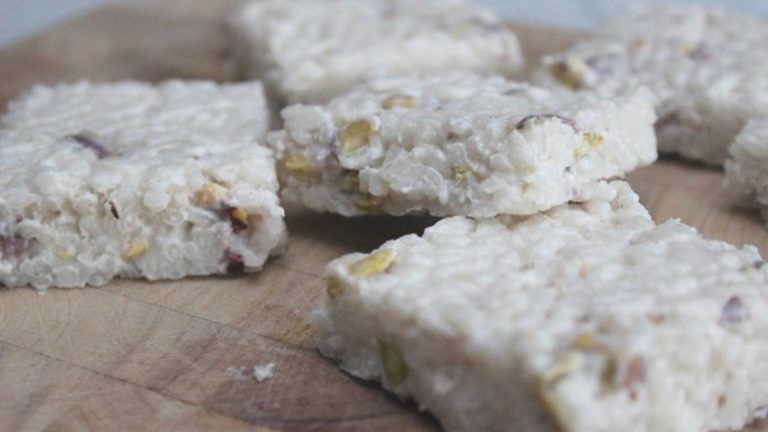The word ‘diet’ has gotten a bad name for itself – diet is the food you choose to feed your body, the body that helps you climb over mountains, explore new roads and maybe even win races.
There are loads of different structured diets available out there, designed to help people lose weight or just live a healthier lifestyle. Most of them have some good ideas, and some major flaws – especially if you’re looking to drop weight AND exercise.
Across the 5:2, Low GI, Gluten Free, Mediterranean, Paleo and old-fashioned calorie counting approach, the obvious link is reducing processed, high-calorie foods, and replacing them with lots of natural foods – often fruits and vegetables. Just like our mothers told us.
A structured diet, like those listed on the next few pages, can bring your diet to the front of your mind – encouraging healthy choices, rather than hasty 4 pm trips to the vending machine.
Most of these diets, however, remove certain food groups which might not benefit you as a cyclist. For example, before a tough event, you might want to go for simple carbs, to avoid “complications” born from too much fibre. Before training or mid-race, you might benefit from quick release, high GI refined carbs or energy gels that result in the sudden spike you need to power over that hill.
With that in mind, take a look at the next six diets – some of their characteristics might help you to fuel more effectively for cycling, or lose weight to help you over those pesky hills (though there is more to hill climbing than weight – check out these tips) – but remember that above all, a balanced, healthy diet is the top priority.


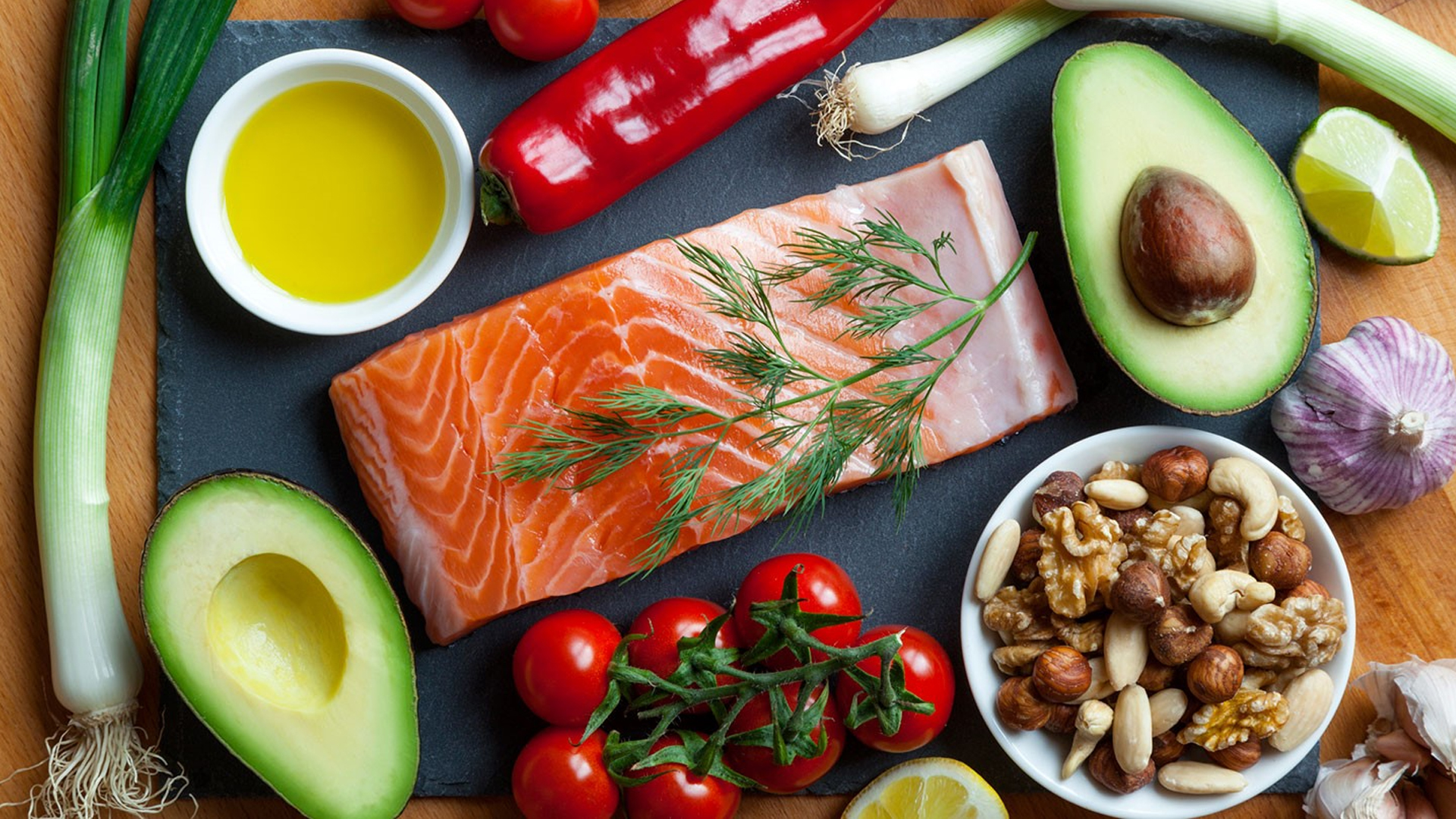 Known by some as the ‘cave(wo)man diet’ – eating paleo is about eating like our ancestors, sticking to natural foods that can be hunted or fished – meat, seafood, eggs, nuts, seeds, fruits and vegetables. Processed foods and cereal grains are off the menu, resulting in a generally
Known by some as the ‘cave(wo)man diet’ – eating paleo is about eating like our ancestors, sticking to natural foods that can be hunted or fished – meat, seafood, eggs, nuts, seeds, fruits and vegetables. Processed foods and cereal grains are off the menu, resulting in a generally 